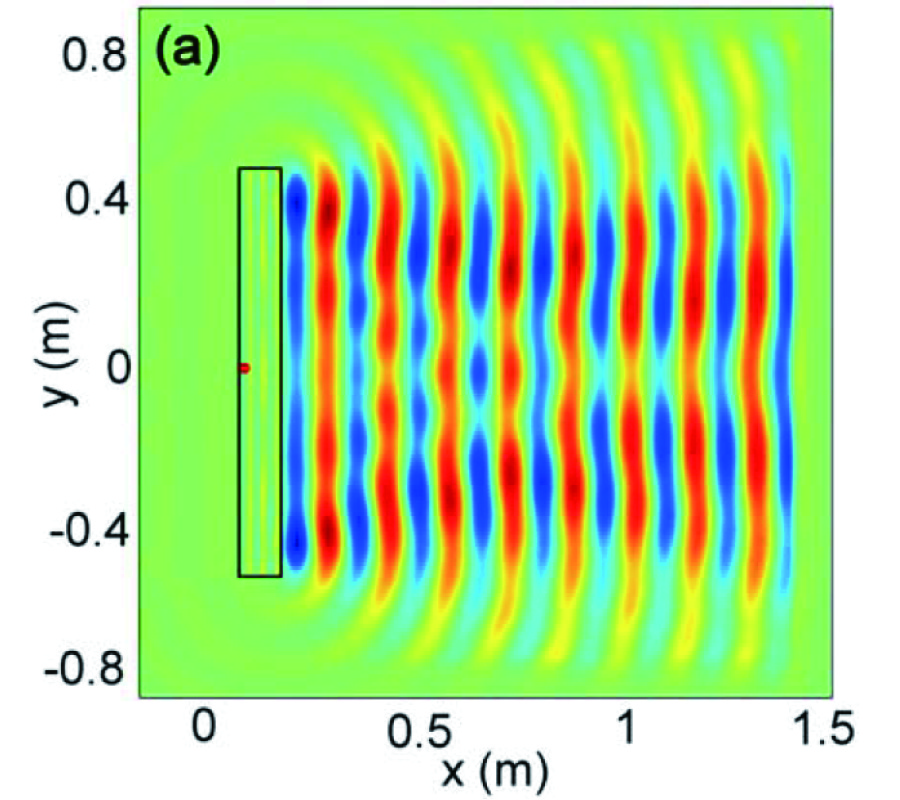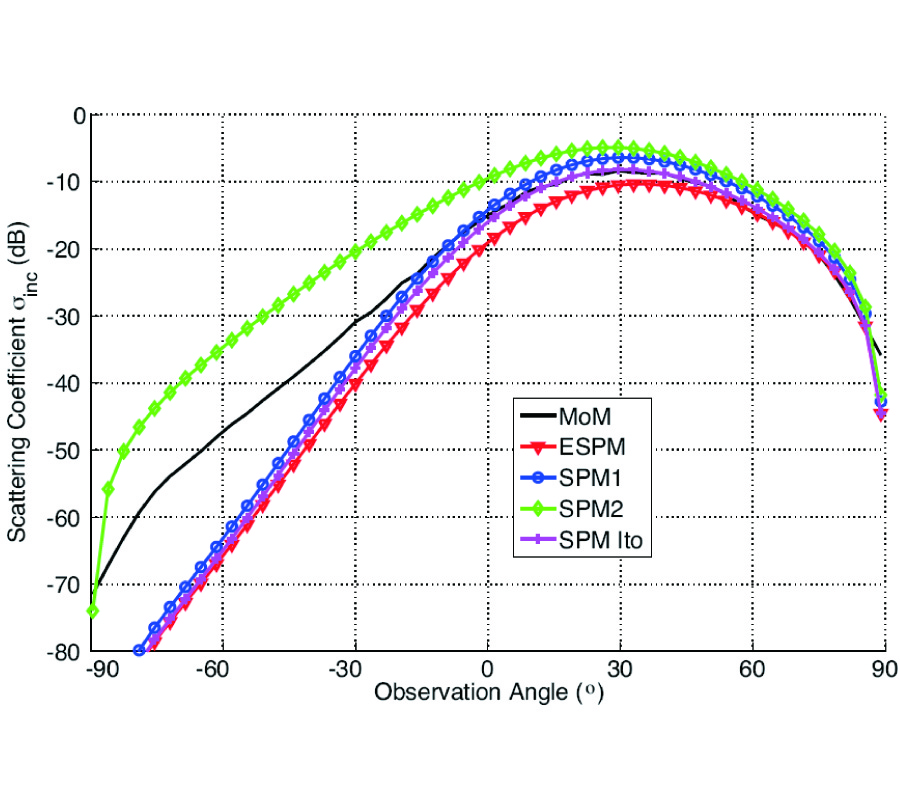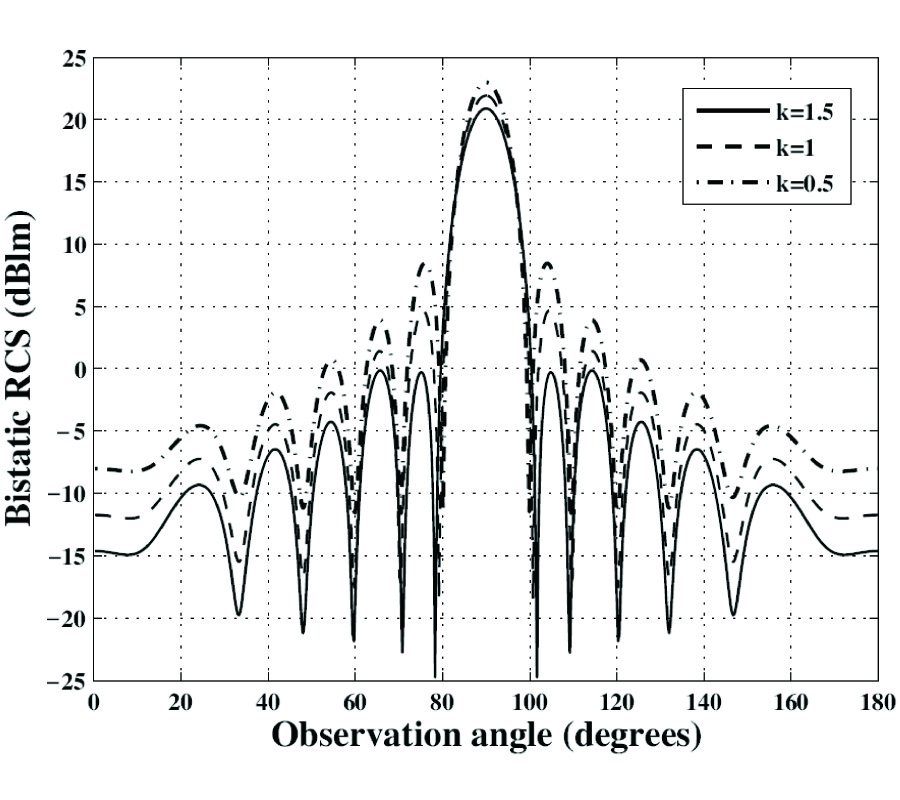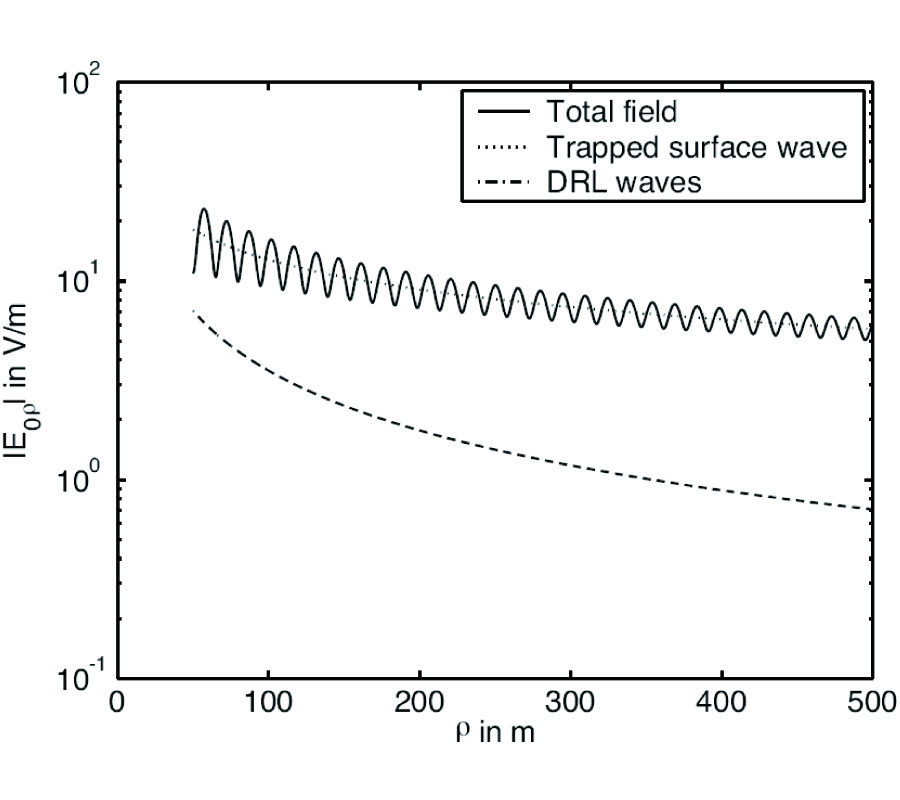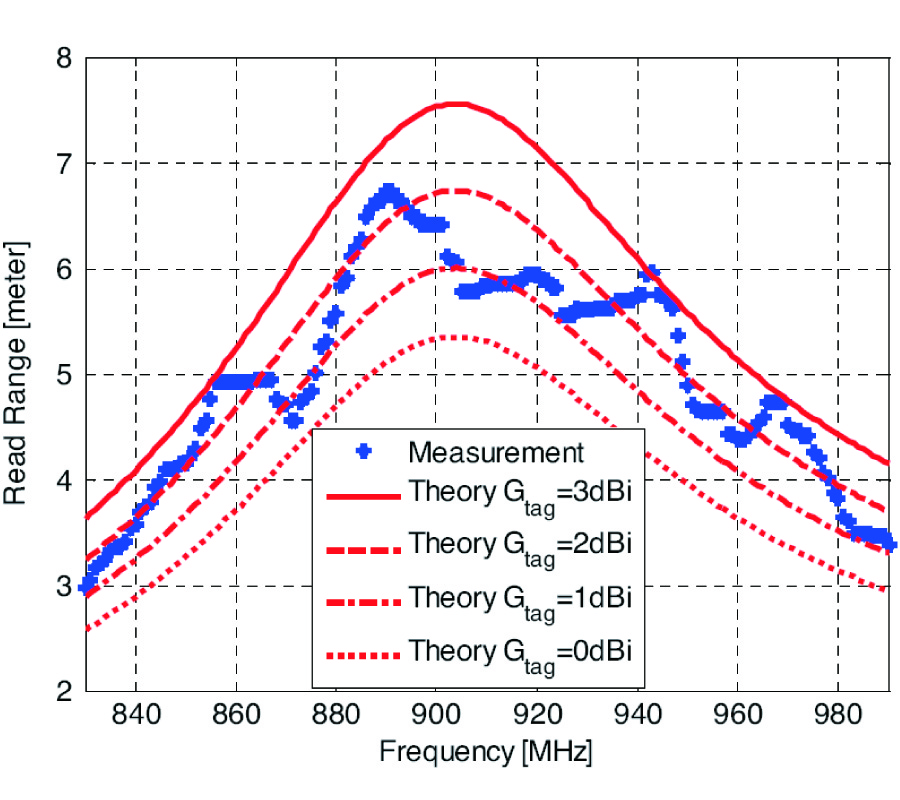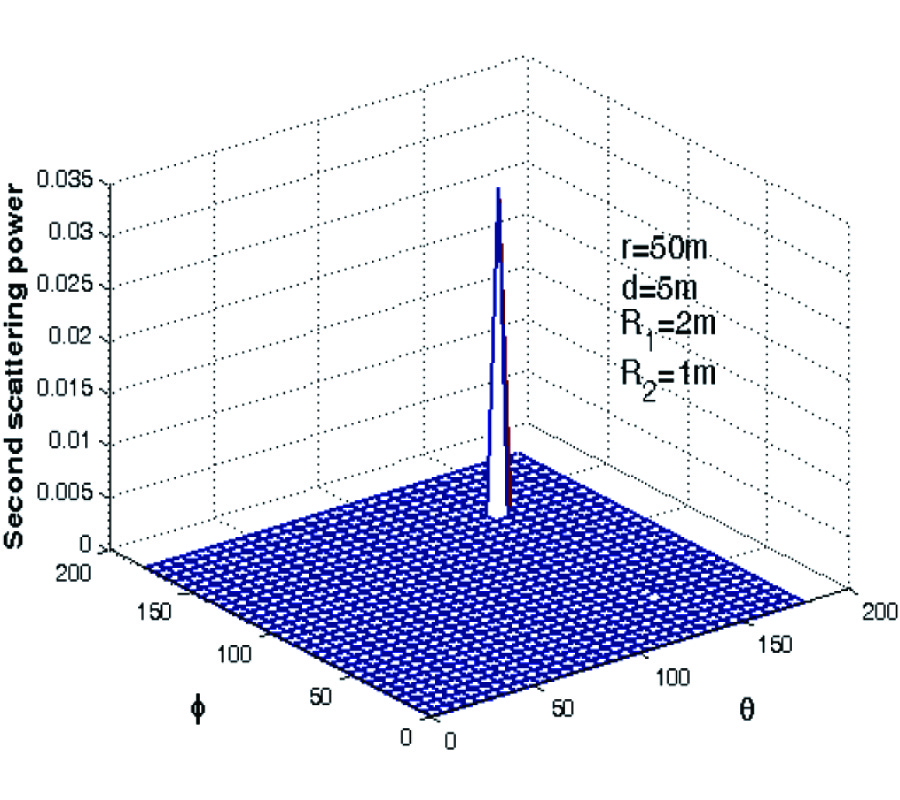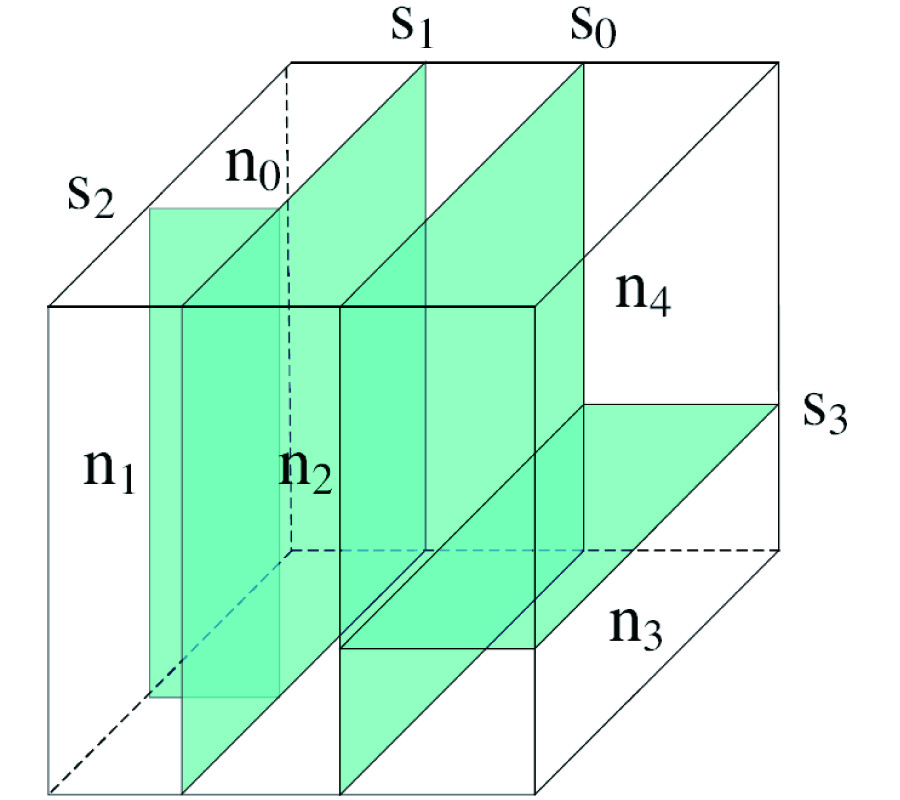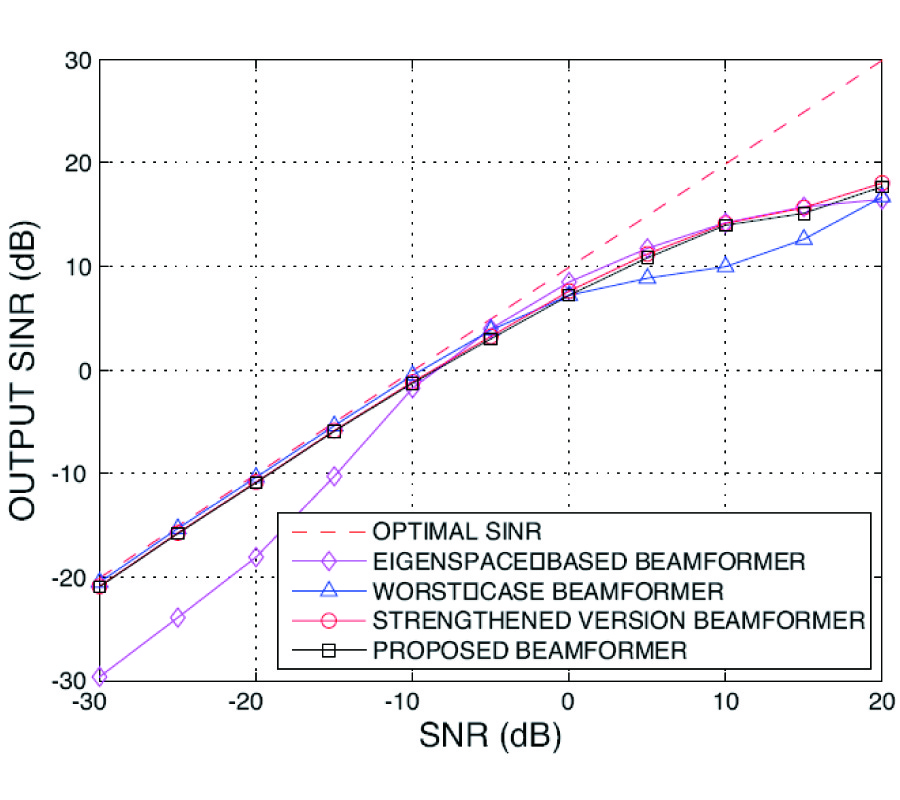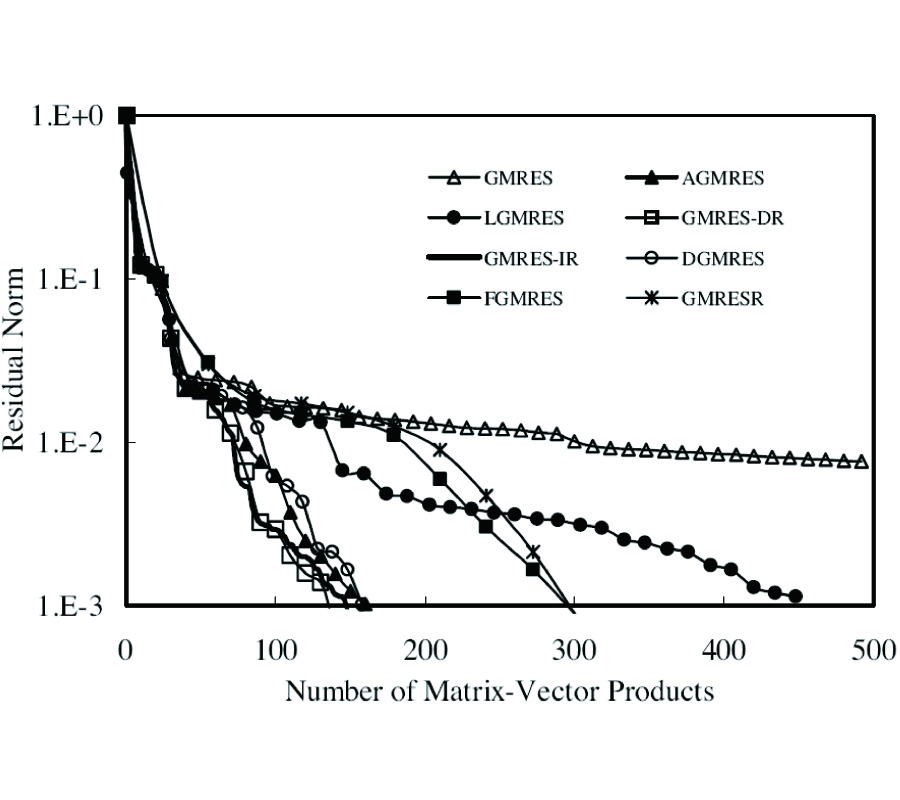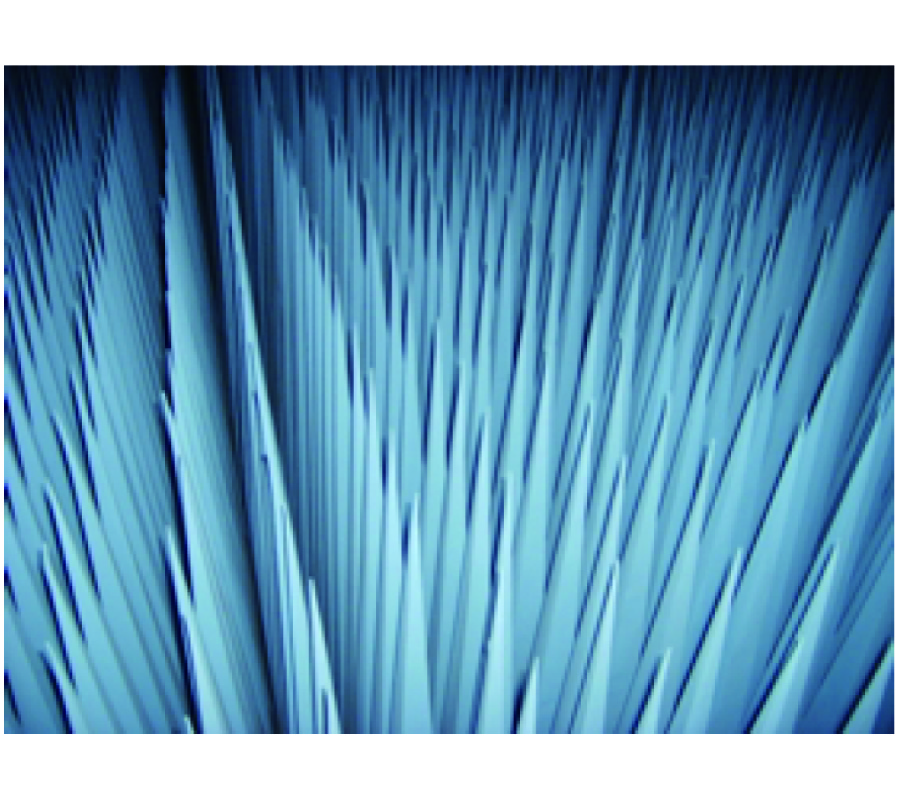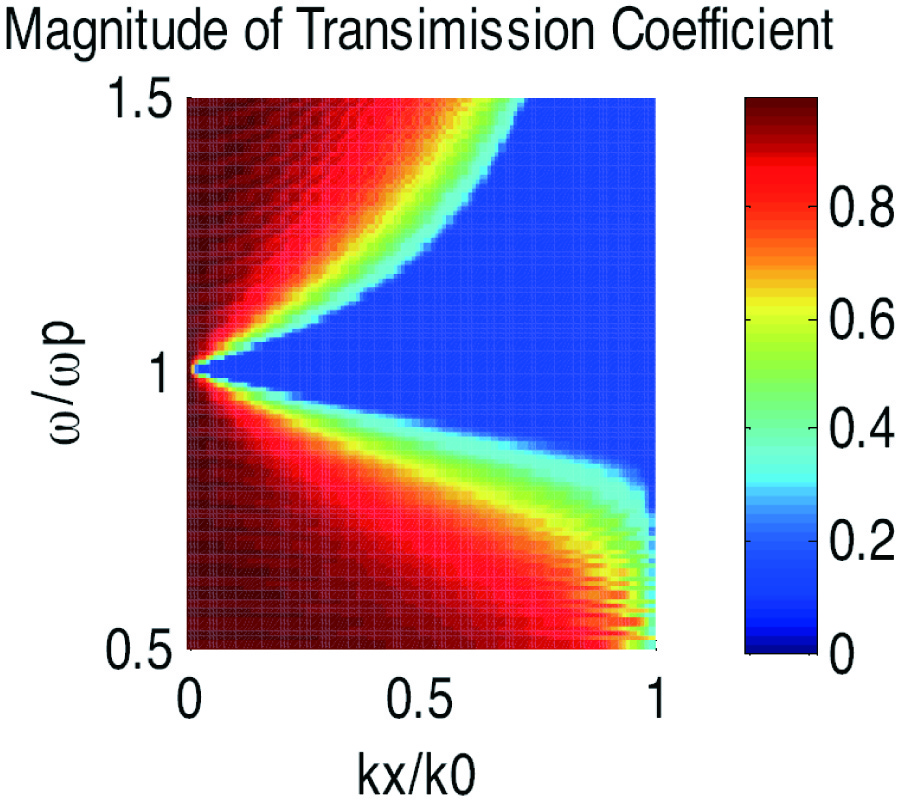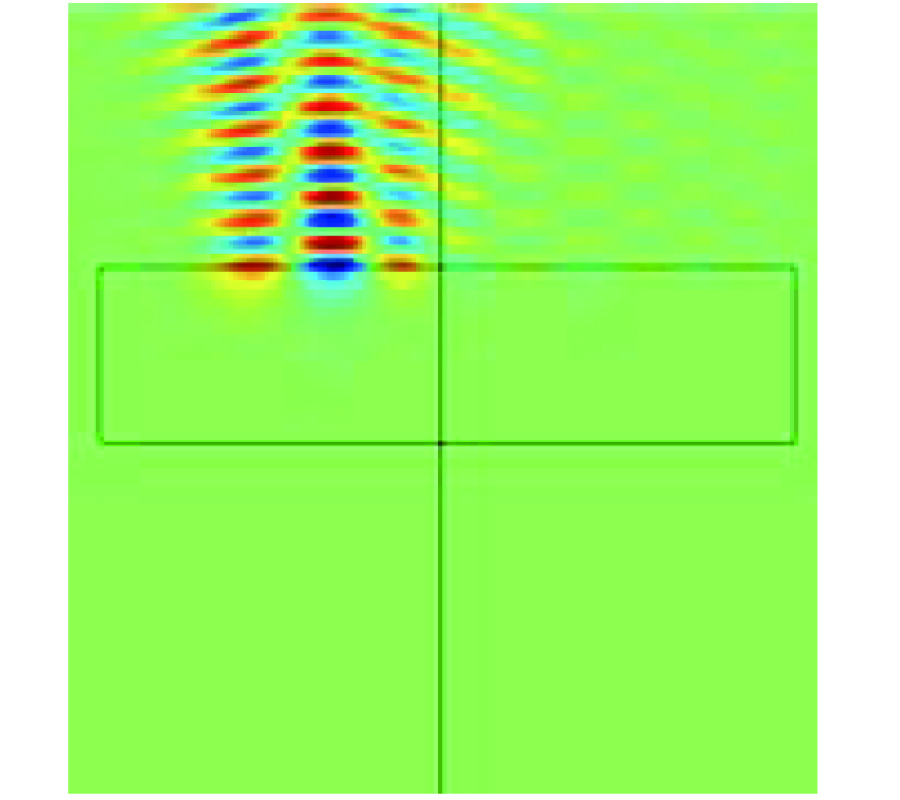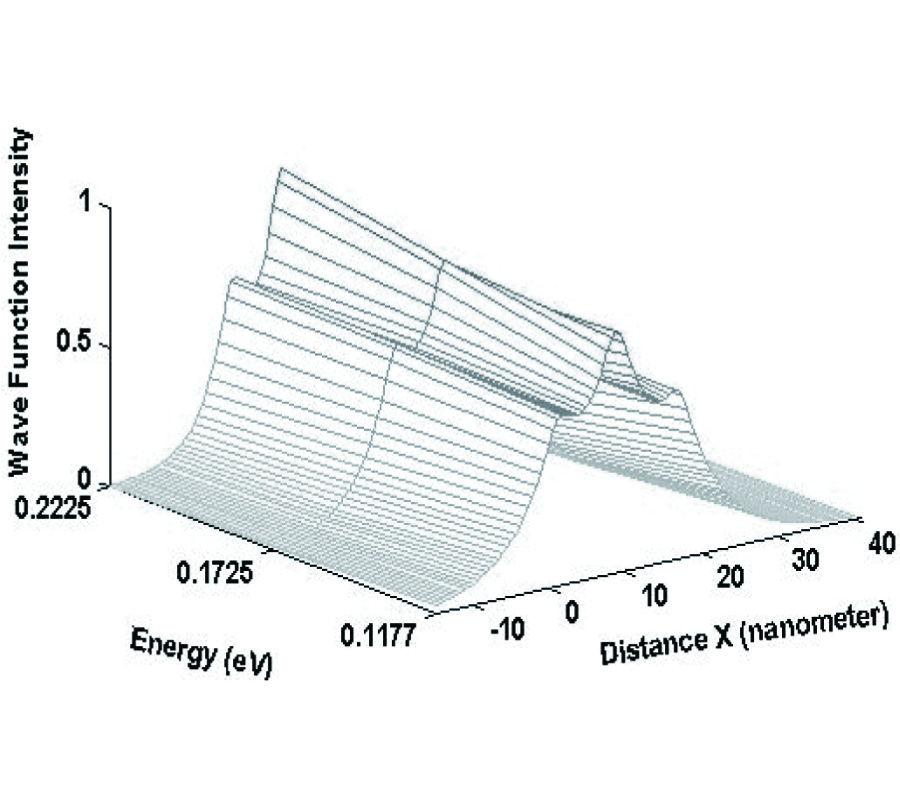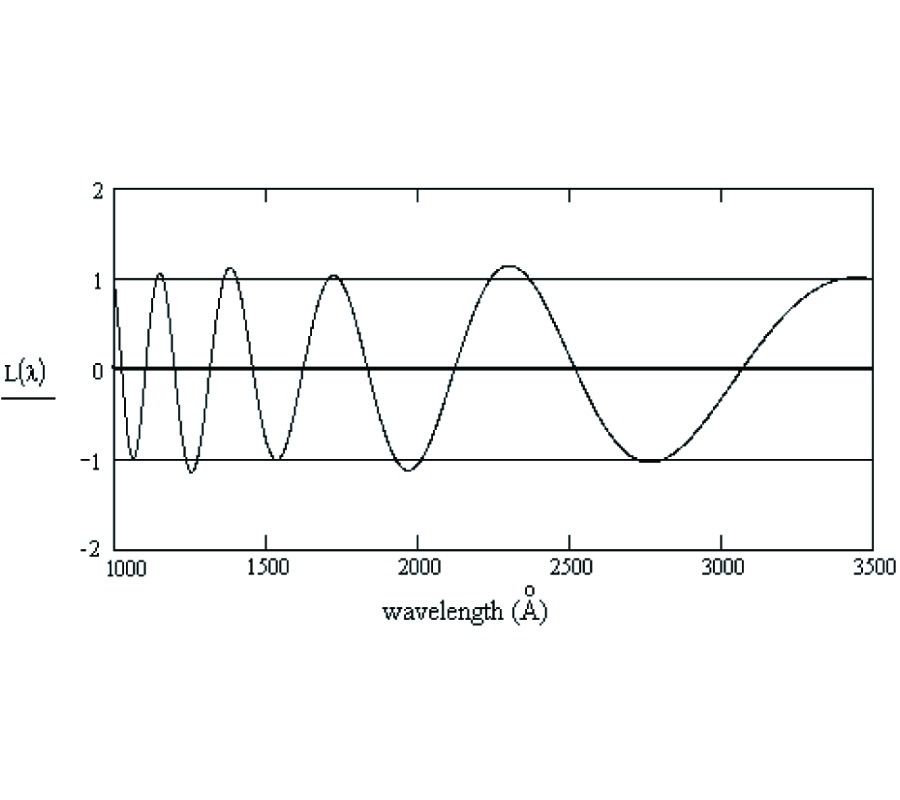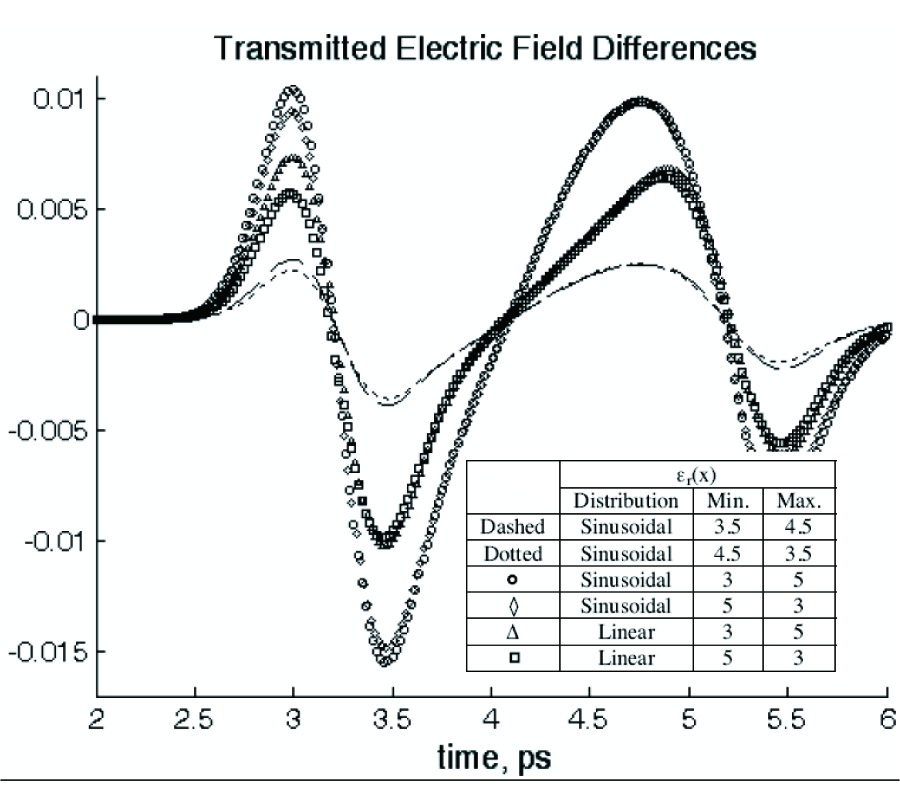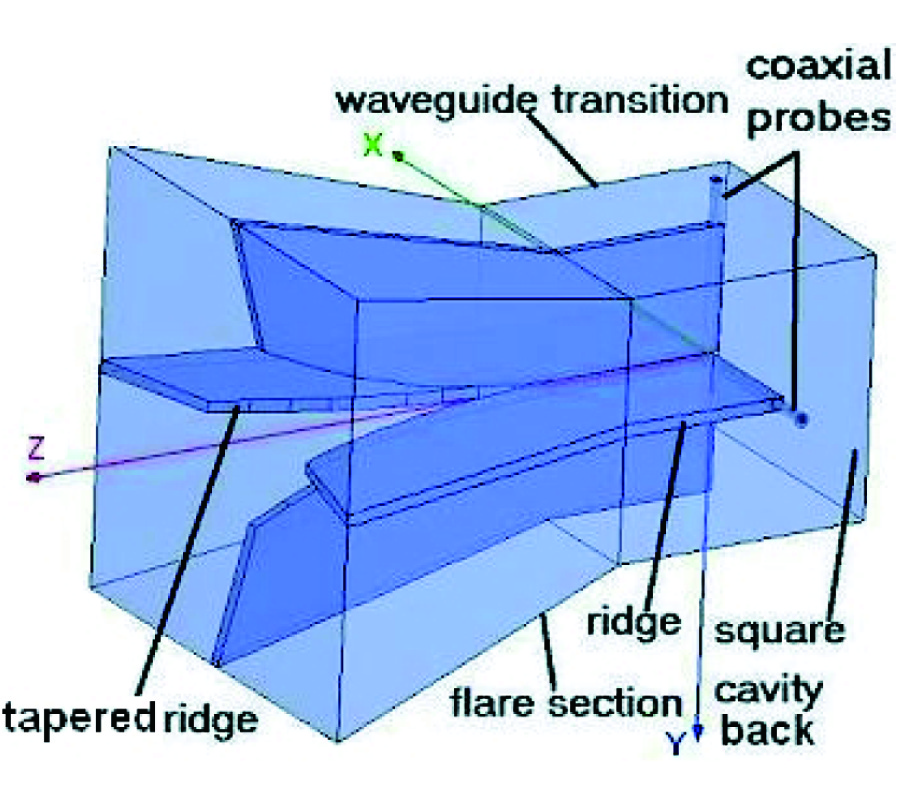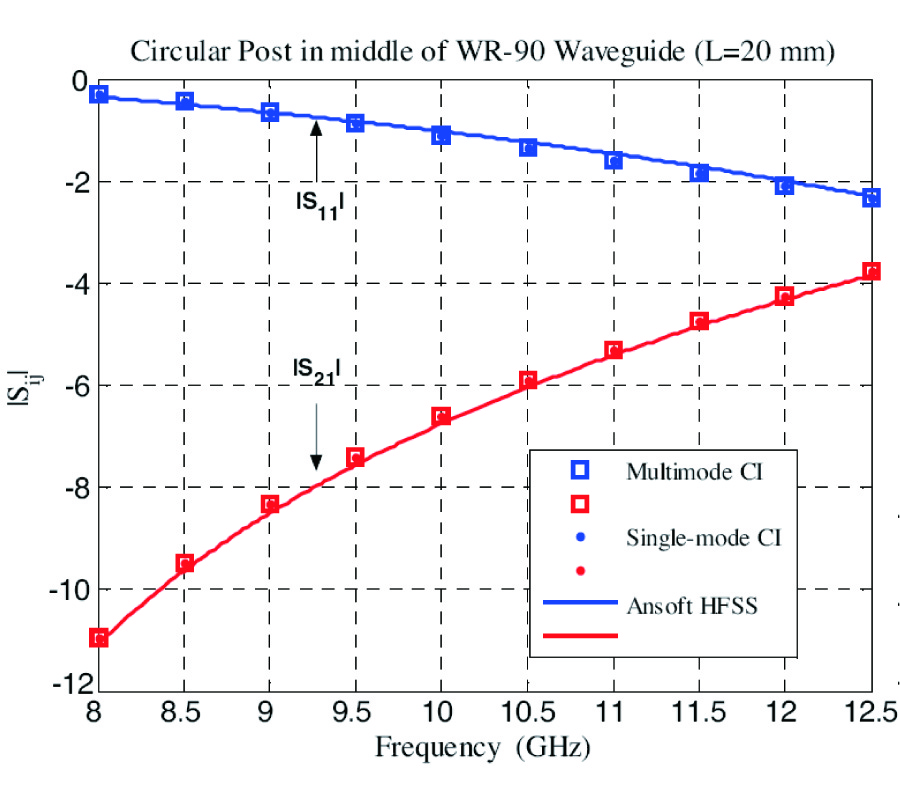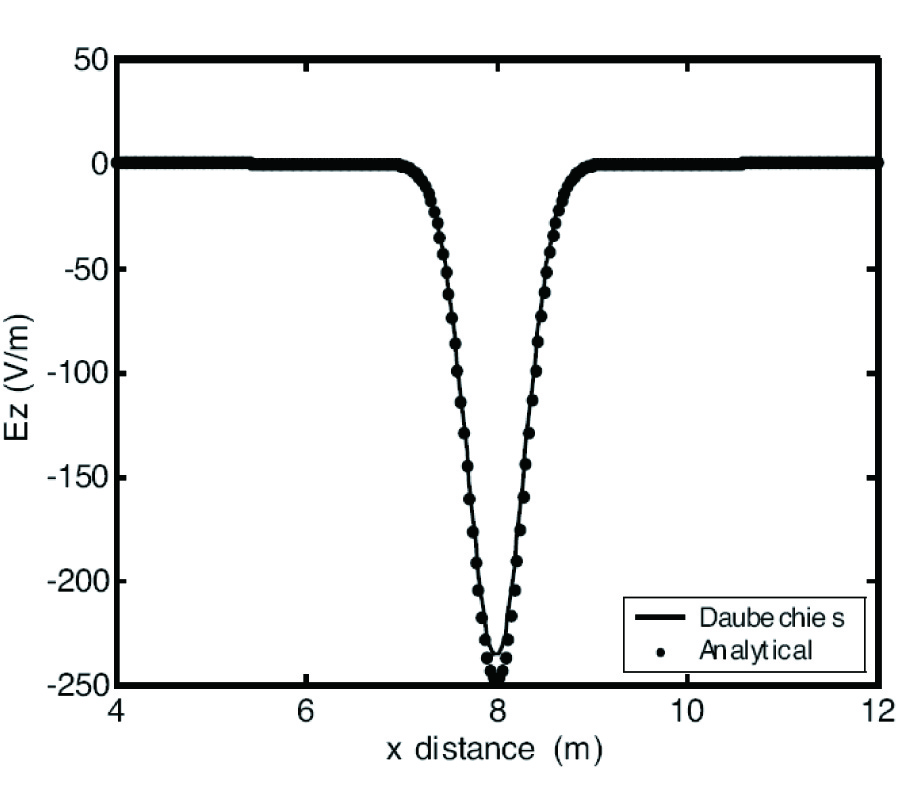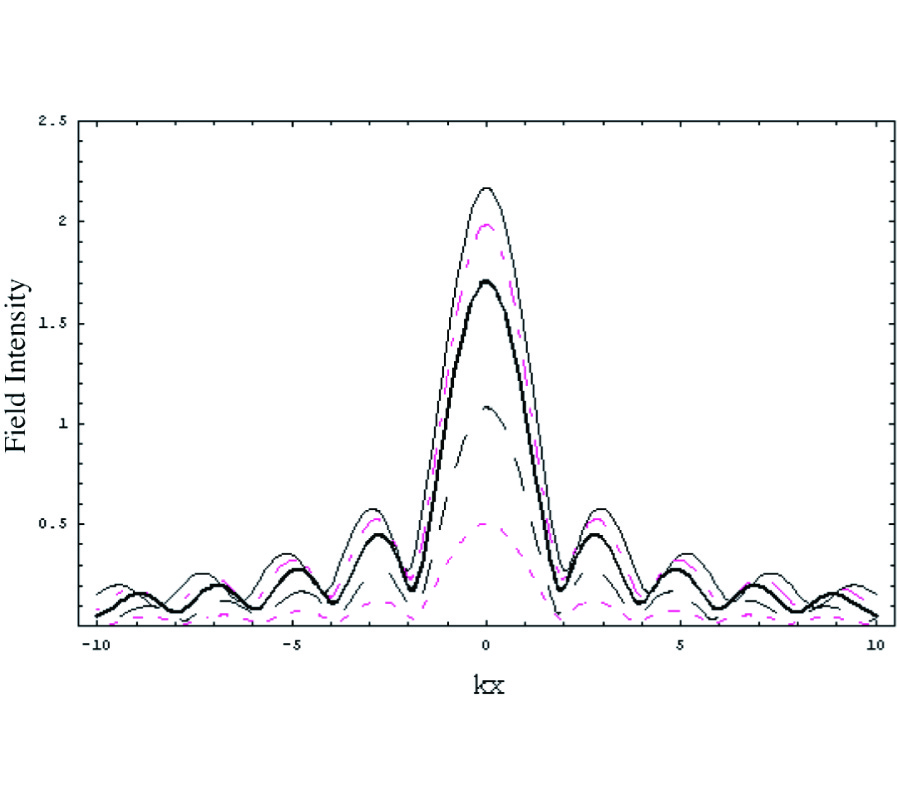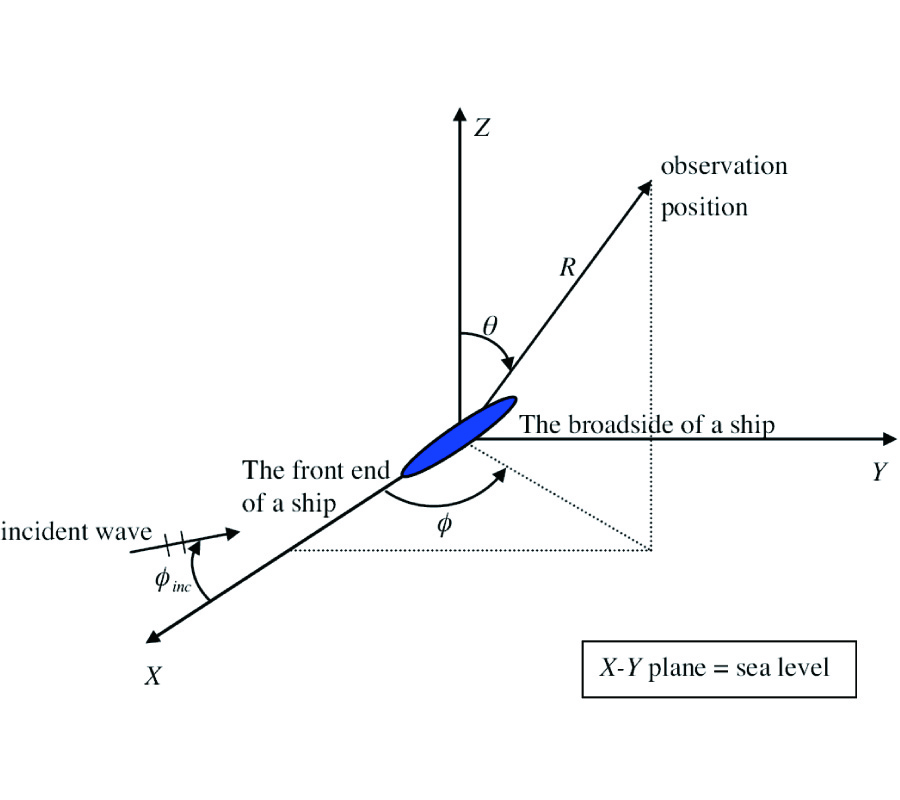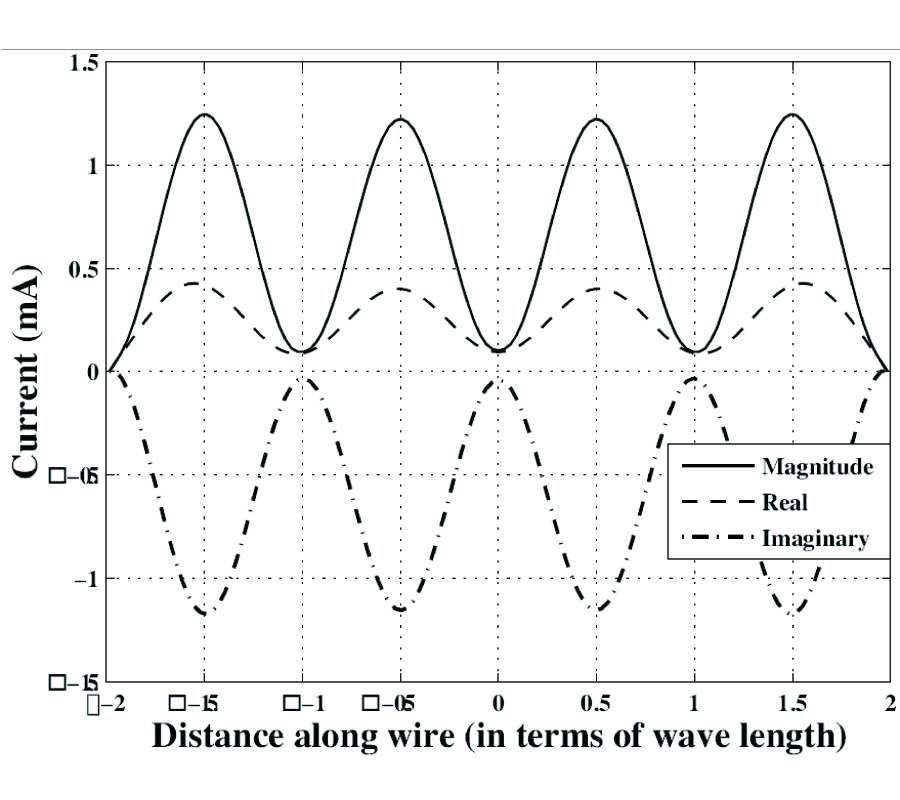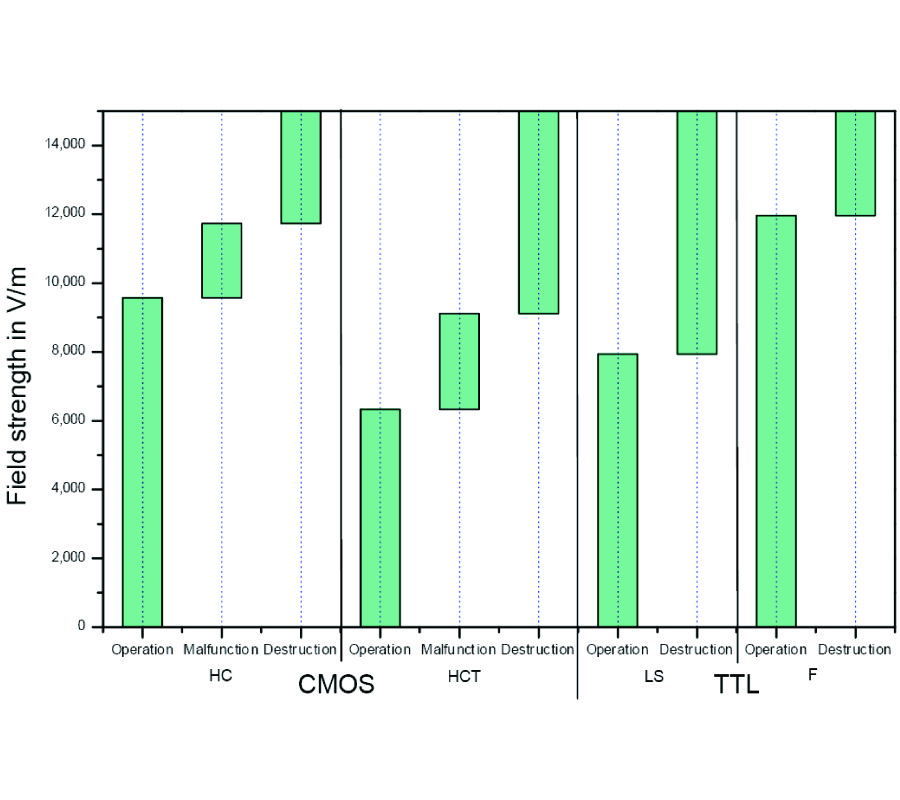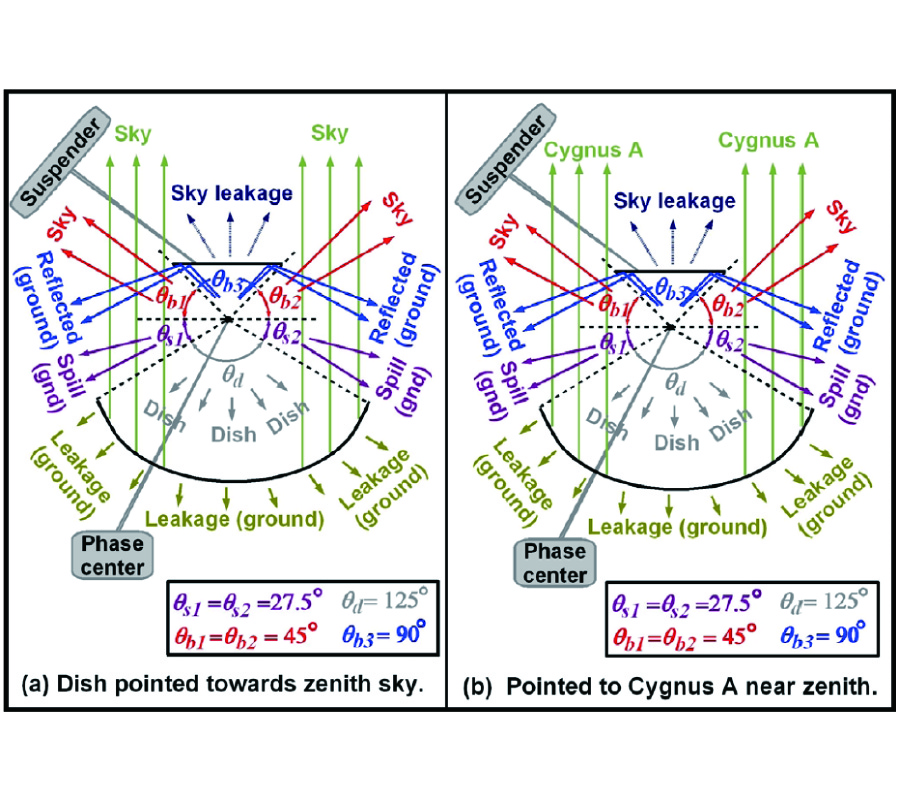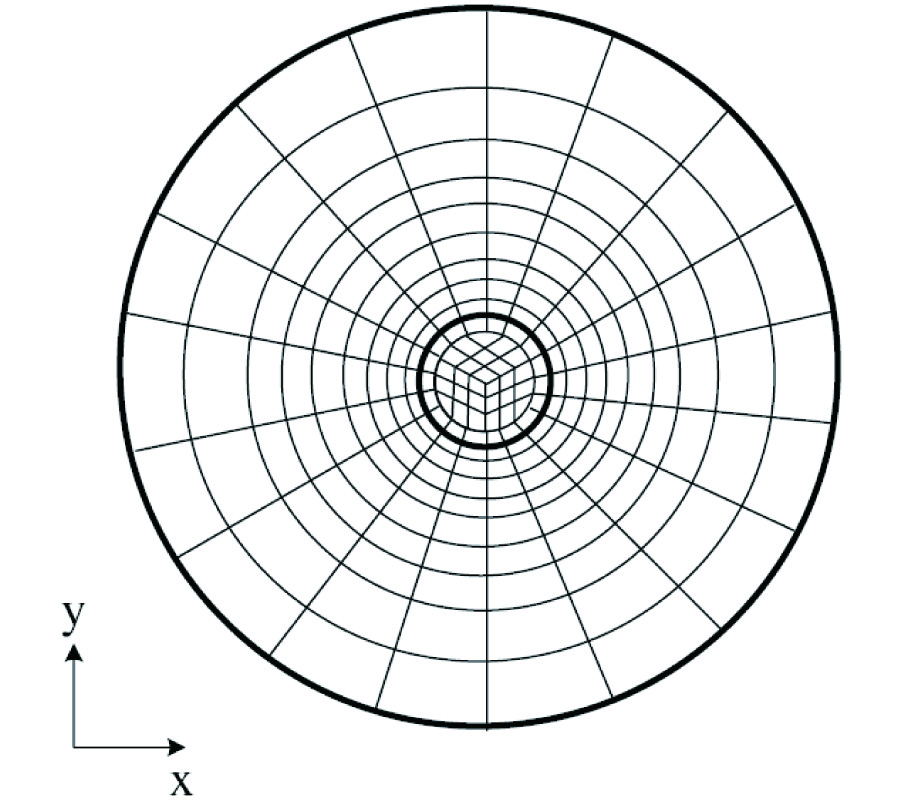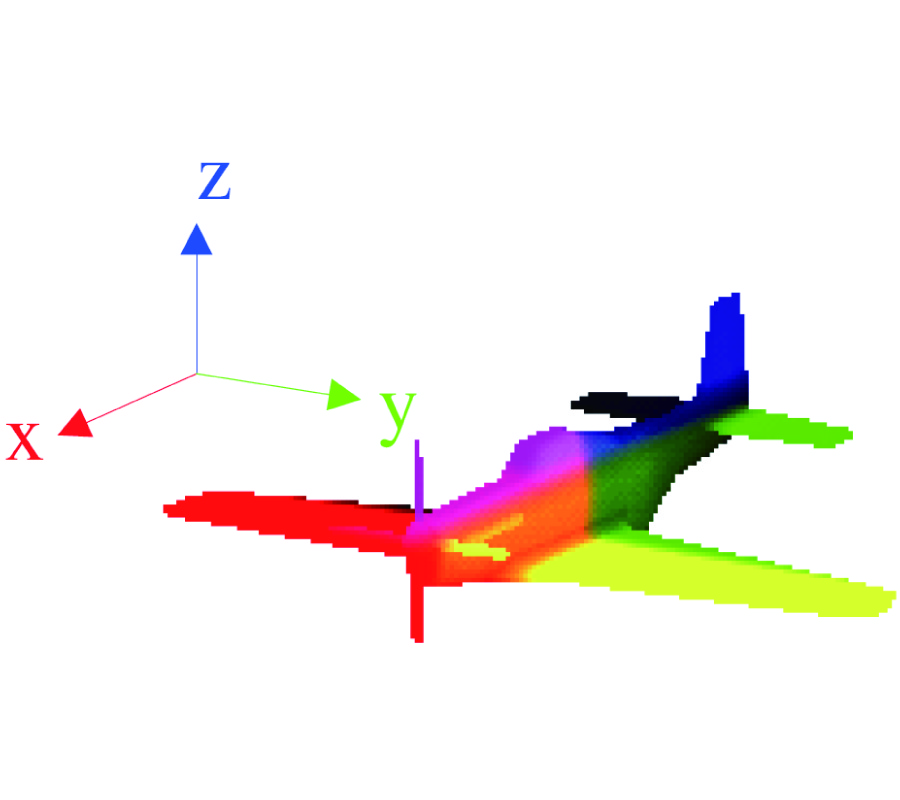2008-04-24 Latest Published
By Kun-Chou Lee
Jhih-Sian Ou
Ming-Chung Fang
Progress In Electromagnetics Research, Vol. 81, 447-459, 2008
Abstract
The noise effect is very challenging in radar target recognition. It usually degrades the accuracy of target recognition and then makes the recognition unreliable. In this study, we present a noise-reduction technique to improve the accuracy of radar target recognition. Our noise-reduction technique is based on the SVD (singular value decomposition). The PCA (principal components analysis) based radar recognition algorithm is utilized to verify our noise-reduction scheme. In our treatment, the received signals are arranged into a Hankel-form matrix. This Hankel-form matrix is decomposed into two subspaces, i.e., the noise-related subspace and clean-signal subspace. The noise reduction is obtained by suppressing the noise-related subspace and retaining the clean-signal space only. Simulation results show that the accuracy of target recognition is greatly improved as the received signals are first processed by the SVD noise-reduction technique. With the use of proposed noise-reduction scheme, the radar target recognition can tolerate more noises and then becomes more reliable. The noise-reduction technique in this study can also be applied to many other problems in radar engineering.

